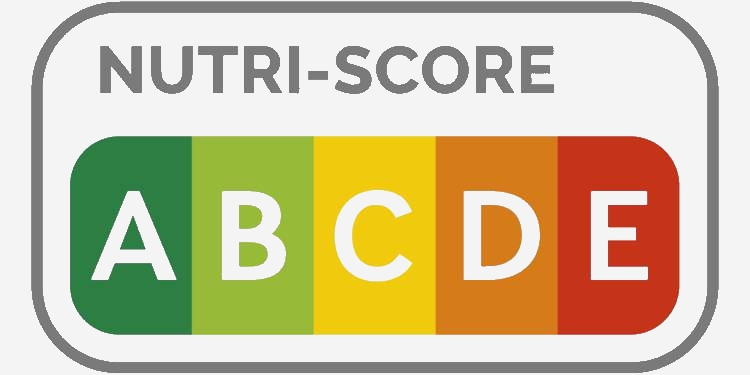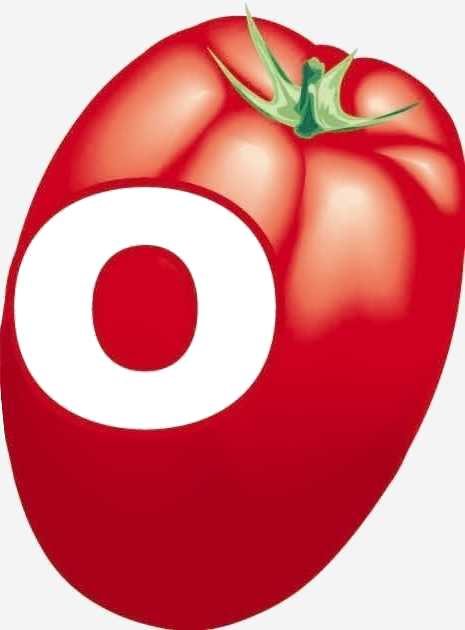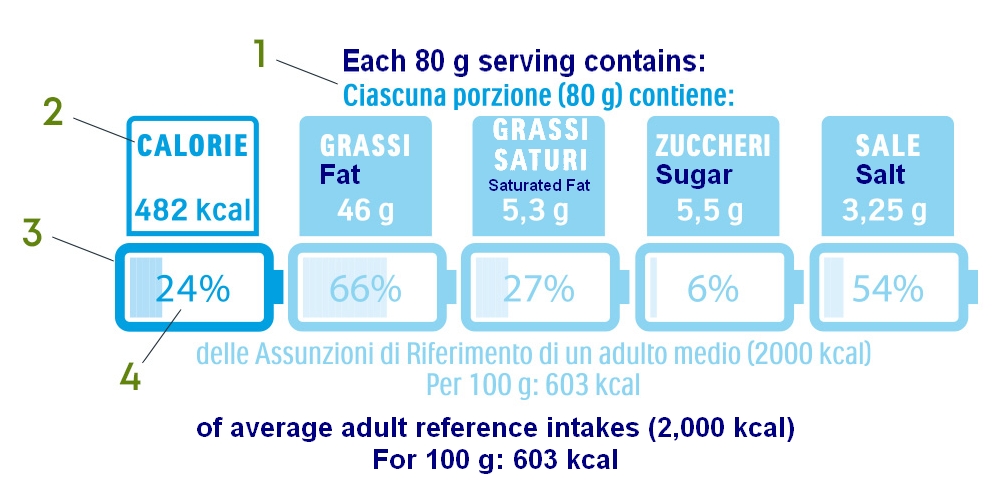Following the special report that Tomato News published last November on the issue of nutritional labeling and the recent announcement of the Italian decision to prolong compulsory place-of-origin labeling until December 2021 on a number of food products, Europe’s specialized press organs reported a few weeks ago on the reluctance of Italian authorities to adopt the Nutri-Score scheme for products sold in Italy.
 At the time when food giant Kellogg announced it will introduce the much-debated Nutri-Score labelling scheme on all of the packaging for its breakfast cereals and cereal bars sold in France, Italy explained that it favors a “battery system” in an effort to protect the Mediterranean diet.
At the time when food giant Kellogg announced it will introduce the much-debated Nutri-Score labelling scheme on all of the packaging for its breakfast cereals and cereal bars sold in France, Italy explained that it favors a “battery system” in an effort to protect the Mediterranean diet.The US food company said the move will provide “simple and transparent nutritional information” about its products: "We are proud to voluntarily adopt Nutri-Score in France. We are aware that consumers today expect more transparency from us and they want to easier understand nutritional information. We believe that we have an important role to play in helping consumers to make informed choices in line with public health nutrition policy," said Eric Le Cerf, Head of Market (Kellogg France).
The Kellogg move also came as food giant Nestle began its move to give around 5 000 of its products Nutri-Score labelling over the next two years in Germany, Austria, Belgium, France and Switzerland. "We want to make it easier for people to make a decision when shopping with a balanced diet," said Thomas Göbel, Managing Director at Nestle Wagner.
The Nutri-Score battle is set to rage on
Nutri-Score classifies foods and beverages according to their nutritional profile by using a color-coded system with a scale ranging from A (healthier choices) to E (less healthy choices). Critics complain the system discriminates against “healthy” foods with a high-saturated fat content such as fish and olive oil. For example, Italy has warned the EU (which wants Nutri-Score rolled out on a mandatory basis throughout the region) that its famous Mediterranean diet is at risk from the system. Italians fear that Nutri-Score would harm iconic Italian products such as Parmesan cheese and olive oil, which will be labelled as “red”.
Italy's government is proposing an alternative “battery” labeling system, which instead of labeling foods green-to-red, details the percentage of energy, fats, sugars and salt in a recommended portion of food in relation to optimum daily intake. Italian food industry body Federalimentare President Ivano Vacondio said that this position on the traffic-light labelling system "represents a fundamental step in the defense of Made in Italy".
With the Italian proposal for a Europewide harmonized frontal labelling system of nutritional values:
 All values are expressed as a percentage of one single serving.
All values are expressed as a percentage of one single serving. Each packaged product presents a quantitative indication of the content of one individual serving in terms of calorific energy, fat, saturated fat, sugar and salt. The calorie content is expressed both in kj and in kcal. The contents of fat, saturated fat, sugar and salt are expressed in grams.
Each packaged product presents a quantitative indication of the content of one individual serving in terms of calorific energy, fat, saturated fat, sugar and salt. The calorie content is expressed both in kj and in kcal. The contents of fat, saturated fat, sugar and salt are expressed in grams. The battery-shaped pictograms indicate the percentage of calorific energy, fat, saturated fat, sugar and salt provided by one individual serving compared to the recommended daily intake. Daily quantities recommended in the EU are as follows:
The battery-shaped pictograms indicate the percentage of calorific energy, fat, saturated fat, sugar and salt provided by one individual serving compared to the recommended daily intake. Daily quantities recommended in the EU are as follows: o Energy: 8400 kj / 2000 kcal
o Lipids: 70 g
o Saturated fat: 20 g
o Sugars: 90 g
o Salt: 6 g
 The charged part of the battery gives a graphic representation of the percentage of energy or nutrients contained in a single serving, allowing consumers to visually quantify the impact of the product on their daily intake requirements.
The charged part of the battery gives a graphic representation of the percentage of energy or nutrients contained in a single serving, allowing consumers to visually quantify the impact of the product on their daily intake requirements.
Some complementary data
Source: foodnavigator.com, etichetta BATTERIA


 At the time when food giant Kellogg announced it will introduce the much-debated Nutri-Score labelling scheme on all of the packaging for its breakfast cereals and cereal bars sold in France, Italy explained that it favors a “battery system” in an effort to protect the Mediterranean diet.
At the time when food giant Kellogg announced it will introduce the much-debated Nutri-Score labelling scheme on all of the packaging for its breakfast cereals and cereal bars sold in France, Italy explained that it favors a “battery system” in an effort to protect the Mediterranean diet.




























